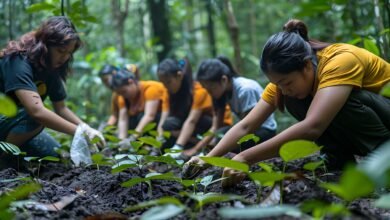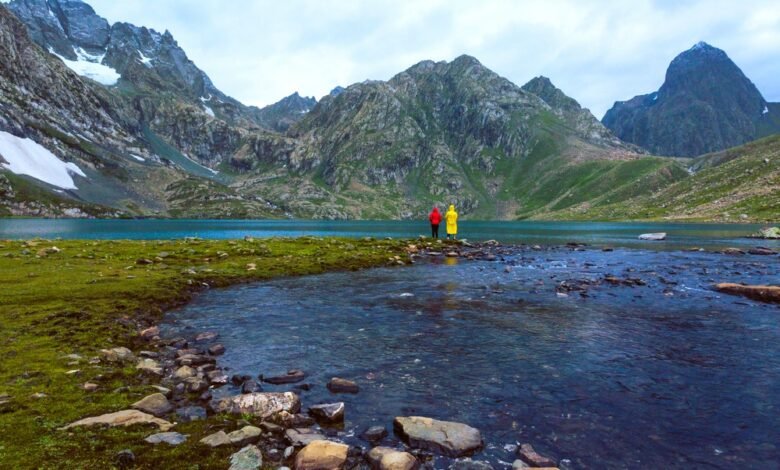
Are you ready to embark on an unforgettable adventure amidst the breathtaking landscapes of Kashmir? Let me guide you through the top 10 tips for conquering the Kashmir Great Lakes Trek. Join me on this journey of discovery and adventure!
Understanding the Kashmir Great Lakes Trek
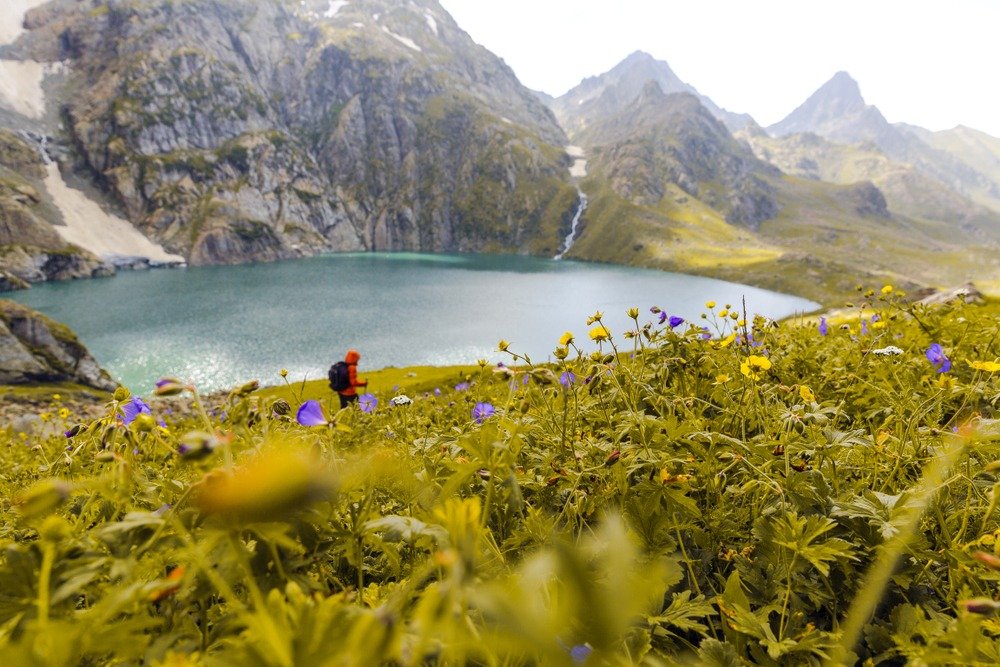
I’ve always been captivated by the allure of the Kashmir Great Lakes Trek. This trek offers a unique opportunity to immerse oneself in the beauty of nature while challenging personal limits. The trek covers over 70 miles of stunning terrain, including pristine valleys and shimmering lakes. As you traverse through this enchanting landscape, you’ll encounter diverse flora and fauna, each adding to the richness of the experience.
Exploring the captivating beauty of Kashmir’s Great Lakes Trek requires a deep understanding of the terrain, climate, and challenges that lie ahead. The trek is renowned for its pristine landscapes, high-altitude lakes, and breathtaking views of snow-capped mountains. With its varying altitudes and rugged terrain, it offers a thrilling adventure for trekkers of all skill levels. However, to fully appreciate the beauty and majesty of this trek, it’s essential to understand its unique characteristics and prepare accordingly.
Getting Ready Mentally and Physically For Kashmir Great Lakes Trek
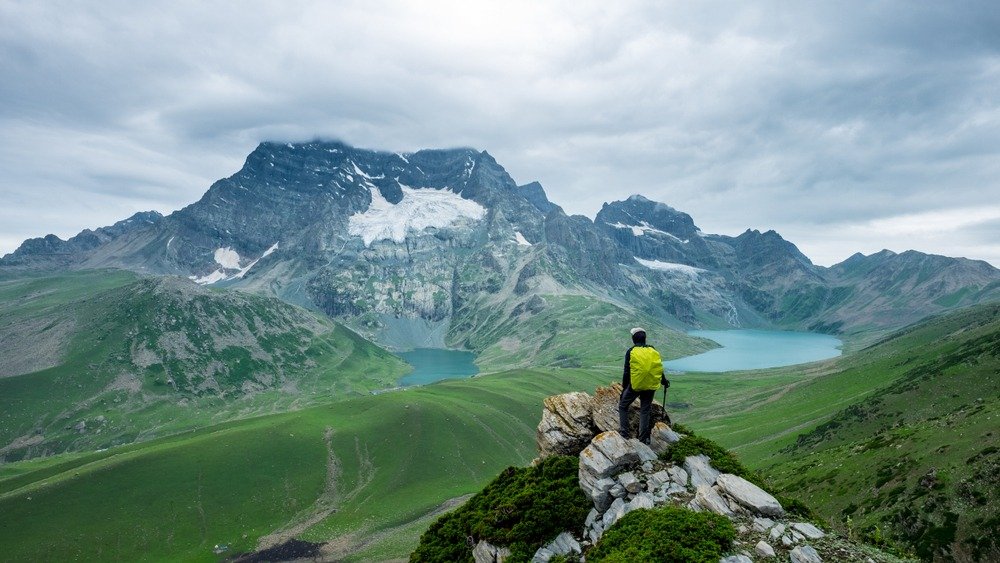
Before setting off on this epic adventure, it’s crucial to prepare both physically and mentally. I’ve dedicated weeks to training my body, focusing on cardio and strength exercises to build endurance. Additionally, I’ve practiced mindfulness techniques to cultivate mental resilience for the challenges ahead. The Kashmir Great Lakes Trek demands physical stamina and mental fortitude, so it’s essential to train diligently and maintain a positive mindset throughout the journey. If you’re looking for a reputable company to help you organize your Kashmir Great Lakes Trek, look no further than The Searching Souls. With years of experience in organizing trekking expeditions in the Kashmir region, The Searching Souls offers expert guidance, top-notch equipment, and unparalleled customer service to ensure your trek is safe, enjoyable, and memorable.
Preparing for the Kashmir Great Lakes Trek involves more than just physical conditioning; it also requires mental preparation to overcome the inevitable challenges that come with trekking in a remote and rugged environment. Visualizing success, setting realistic goals, and maintaining a positive attitude are essential components of mental preparation. By mentally preparing for the journey, you can enhance your overall experience and increase your chances of success on the trail.
Packing Essentials For Kashmir Great Lakes Trek
Packing for the Kashmir Great Lakes Trek requires careful consideration. I’ve chosen lightweight, moisture-wicking clothing to stay comfortable during long days on the trail. Essentials like a sturdy tent, sleeping bag, and cooking stove are must-haves for a successful trek. And of course, don’t forget the high-energy snacks to keep you fueled along the way! Packing smartly ensures that you have everything you need while keeping your backpack light and manageable.
Selecting the right gear and equipment is crucial for a successful trek. Lightweight, durable, and weather-resistant clothing and gear are essential for navigating the challenging terrain and varying weather conditions of the Kashmir Great Lakes region. Investing in high-quality gear that is specifically designed for trekking in mountainous environments can enhance your comfort, safety, and overall enjoyment of the trek.
Choosing the Right Gear
Investing in quality gear is essential for a smooth trekking experience. I’ve opted for a lightweight backpack, trekking poles for stability, and UV-protective sunglasses to shield my eyes from the sun’s glare. Quality gear not only enhances comfort but also minimizes the risk of injuries on the trail. It’s worth investing in gear that is durable, weather-resistant, and suited for the rugged terrain of the Kashmir region.
Choosing the right gear for the Kashmir Great Lakes Trek is essential for your comfort, safety, and overall enjoyment of the journey. Lightweight and breathable clothing, sturdy hiking boots, and a well-fitted backpack are essential gear items for trekking in mountainous terrain. Additionally, investing in quality camping gear, navigation tools, and emergency supplies can help ensure that you’re prepared for any situation that may arise on the trail.
Planning Your Itinerary
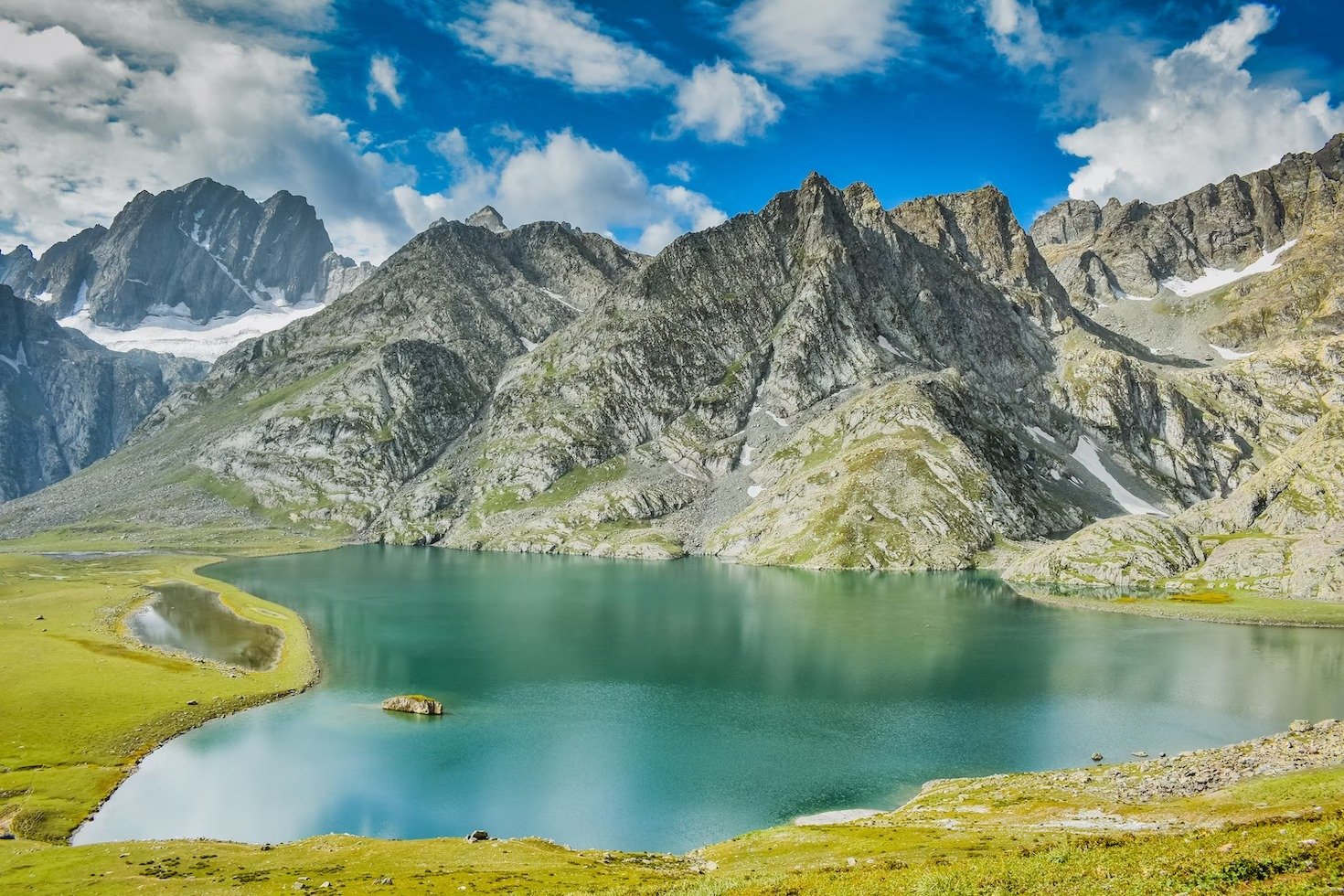
Crafting a well-thought-out itinerary is key to a successful trek. I’ve researched the trail extensively, identifying campsite locations, water sources, and emergency exits. Flexibility is crucial, so I’ve allowed for rest days and buffer time to accommodate unforeseen circumstances. By planning ahead, you can make the most of your time on the trail while ensuring your safety and well-being throughout the journey.
Planning your itinerary for the Kashmir Great Lakes Trek involves careful consideration of factors such as distance, elevation gain, and daily hiking times. It’s essential to create a realistic and achievable itinerary that allows for adequate rest and acclimatization. Researching campsite locations, water sources, and potential hazards along the trail can help you make informed decisions and avoid unexpected challenges during your trek.
Acclimatizing Properly
Acclimatization is paramount when trekking at high altitudes. I’ve planned my ascent carefully, allowing plenty of time for my body to adjust to the thin mountain air. Staying hydrated and listening to my body’s signals are essential for preventing altitude sickness. It’s essential to pace yourself and take breaks as needed to avoid overexertion. Proper acclimatization ensures that you can enjoy the trek without compromising your health and well-being.
Acclimatization is a critical aspect of preparing for the Kashmir Great Lakes Trek, as the trek involves ascending to high altitudes where oxygen levels are lower. Gradual ascent, proper hydration, and listening to your body’s signals are essential for acclimatizing safely and effectively. It’s important to allow your body time to adjust to the altitude to reduce the risk of altitude-related illnesses such as altitude sickness. By acclimatizing properly, you can minimize the likelihood of experiencing symptoms and enjoy a more comfortable and enjoyable trekking experience.
Navigation Skills
Navigating the trail requires a combination of map reading and navigation skills. I’ve familiarized myself with the topographic map and compass, ensuring I can find my way even in remote areas with limited signage. Paying attention to trail markers and landmarks is crucial for staying on course. In addition to traditional navigation tools, GPS devices can also be helpful for pinpointing your location and tracking your progress along the trail.
Developing strong navigation skills is essential for navigating the challenging terrain and variable weather conditions of the Kashmir Great Lakes region. Familiarizing yourself with topographic maps, compass navigation, and GPS devices can help you navigate the trail safely and effectively. It’s essential to pay close attention to trail markers, landmarks, and natural features to stay on course and avoid getting lost. By honing your navigation skills, you can navigate the trail with confidence and reduce the risk of getting off track.
Camping Tips
Setting up camp responsibly is essential for preserving the fragile ecosystem of the Kashmir region. I’ve chosen designated camping areas to minimize environmental impact and followed Leave No Trace principles religiously. Securing food and trash helps prevent wildlife encounters and keeps the wilderness pristine. Additionally, practicing proper campfire safety and respecting wildlife habitats ensures that future generations can enjoy the beauty of the Kashmir Great Lakes region.
Camping responsibly is crucial for minimizing your impact on the environment and preserving the pristine beauty of the Kashmir Great Lakes region. Following Leave No Trace principles, such as packing out all trash, avoiding campfires in sensitive areas, and respecting wildlife and natural habitats, helps minimize your environmental footprint. Choosing designated camping areas and practicing proper waste disposal techniques can help protect fragile ecosystems and ensure that the wilderness remains pristine for future generations to enjoy.
Safety Measures
Safety is my top priority on the Kashmir Great Lakes Trek. I stay informed about local weather forecasts and trail conditions, adjusting my plans accordingly. Carrying a fully charged communication device and hiking with a buddy provide peace of mind in case of emergencies. It’s essential to be prepared for unexpected situations and know how to respond effectively in case of injury or adverse weather conditions. By prioritizing safety, you can enjoy the trek with confidence and peace of mind.
Prioritizing safety is essential for a successful and enjoyable trekking experience in the Kashmir Great Lakes region. Staying informed about weather conditions, trail hazards, and potential risks can help you make informed decisions and avoid dangerous situations. Carrying essential safety gear, such as a first aid kit, emergency shelter, and communication device, can help you respond effectively in case of emergencies. Additionally, hiking with a buddy and sharing your itinerary with someone reliable can provide an extra layer of safety and peace of mind while trekking in remote areas.
Leave No Trace Principles
Respecting the environment is a fundamental part of the trekking experience. I adhere to Leave No Trace principles, ensuring I leave the trail cleaner than I found it. By minimizing my footprint and respecting wildlife, I can help preserve the beauty of the Kashmir Great Lakes region for future generations to enjoy. Practicing environmental stewardship is not only a responsibility but also a privilege, allowing us to connect with nature on a deeper level while leaving a positive impact on the environment.
Following Leave No Trace principles is essential for minimizing your impact on the environment and preserving the pristine beauty of the Kashmir Great Lakes region. Respecting wildlife and natural habitats, minimizing campfire impacts, and packing out all trash are essential practices for minimizing environmental degradation and protecting fragile ecosystems. By practicing Leave No Trace principles, you can help ensure that the wilderness remains pristine and accessible for future generations to enjoy.
Conclusion
Embarking on the Kashmir Great Lakes Trek is a journey of self-discovery and adventure. By following these tips and embracing the challenges with an open heart, you can create memories that last a lifetime. So pack your bags, lace up your boots, and get ready for the adventure of a lifetime!
FAQs
- Are novices possible to complete the Kashmir Great Lakes Trek?
Yes, the Kashmir Great Lakes Trek is suitable for beginners with basic hiking experience. However, proper preparation and acclimatization are essential for a safe and enjoyable experience.
- What is the best time to embark on the Kashmir Great Lakes Trek?
Summer is the ideal season to complete the Kashmir Great Lakes Trek, from June to September, when the weather is favorable, and the trails are accessible.
- For the trek, are there any permits needed?
Yes, trekkers need to obtain permits from the local authorities or tour operators before embarking on the Kashmir Great Lakes Trek. These permits help regulate the number of visitors and protect the fragile ecosystem.
- How challenging is the Kashmir Great Lakes Trek in terms of altitude?
The Kashmir Great Lakes Trek involves moderate to challenging altitude gains, reaching up to 14,000 feet above sea level. Proper acclimatization and gradual ascent are crucial to mitigate the risk of altitude sickness.
- What wildlife can be encountered during the trek?
While trekking in the Kashmir Great Lakes region, you may encounter various wildlife species such as Himalayan marmots, ibex, foxes, and diverse bird species. Remember to observe wildlife from a distance and avoid disturbing their natural habitat.
Explore About More Treks – When to Go: The Best Time for Hampta Pass Trekking Adventure


